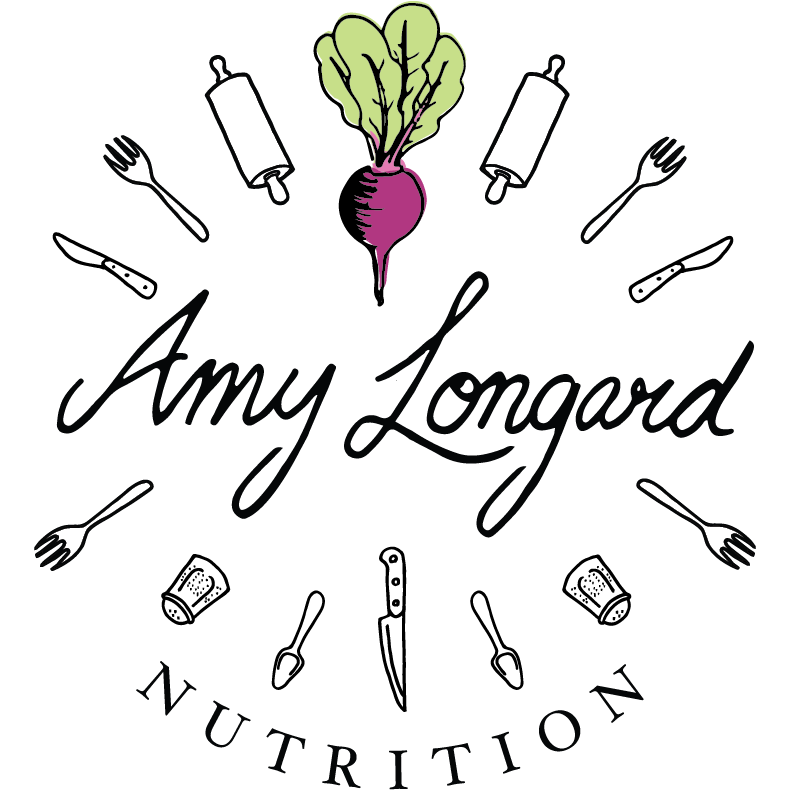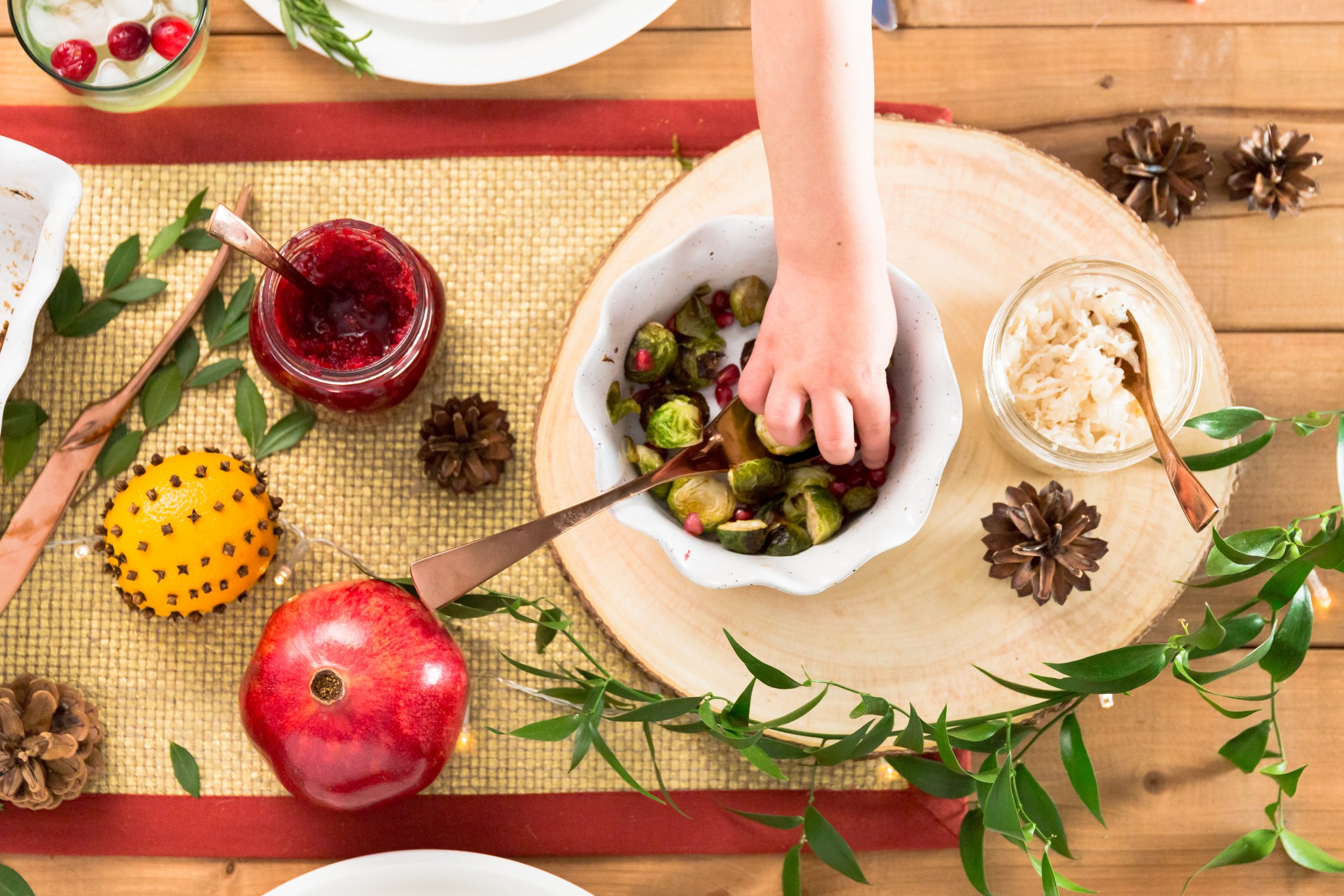Tofu Egg Salad
I was in Alabama visiting family over the holidays when I found out I’d been invited to be on the local news. I was a little bit nervous about being on TV, but this is the second year in a row I’ve gone to CTV Morning Live at the beginning of January, so it’s becoming somewhat of a trend for me.
On Monday of this week, I went to the studio here in Ottawa–bright and early— to do a cooking demo and talk about the benefits of plant-based eating. January also marks the launch of Veganuary, a global campaign that encourages people to try a vegan lifestyle for the month of January, which was the reason I was asked to participate in the segment.
It was a great way to start 2025, and it’s always fun to demonstrate recipes from my cookbook The Vegan Body Builders Cookbook (the book I co-wrote with my friend Sam Shorkey). I made my Tofu “Egg” Salad recipe, a vegan spin and very close replica of the egg-based version. It’s a recipe I make often—and have shared it on my Instagram stories regularly—so I’m excited to finally share my blog.
But first, here are a few photos from the Daily Dish segment with host Melissa Lamb. If you’d like to see a little video of my early morning prep and time at the studio, visit my Instagram. If you’re just here for the recipe, I won’t leave you hanging, it’s just below the photos!
TOFU EGG SALAD
Ingredients:
1 block (350 g/13-ounce) firm tofu
1 rib of celery, finely chopped
1 tablespoon nutritional yeast
1 teaspoon turmeric
1/4 teaspoon garlic powder
1/2 teaspoon black salt or sea salt
2 tablespoons vegan mayo
2 tablespoons dill pickle relish or 1 large dill pickle, finely chopped
1 tablespoon Dijon mustard
1 tablespoon fresh lemon juice
Pepper, to taste
Directions:
Crumble the tofu into a medium-sized bowl with your hands. Add the celery, nutritional yeast, turmeric, garlic powder, dried dill (if using), and black salt. Mix well.
In a small measuring cup or bowl, combine the vegan mayo, relish or chopped dill pickle, mustard, and lemon juice to make a dressing. Pour the dressing over the tofu mixture and stir until everything is well combined. If the mixture is a bit dry, add extra mayo 1 tablespoon at a time until the desired texture is reached.
Taste and season with extra salt, if needed, and as much pepper as you’d like.
Serving Suggestions:
Serve the tofu egg salad in pita, a wrap, or on sourdough bread with toppings like tomatoes, lettuce, or sprouts. It can also be enjoyed with crackers or over a bed of fresh leafy greens.
Storage:
This sandwich filling will keep in the fridge for 3–4 days in an airtight container.
This is a stock photo I purchased. Normally I take my own photos, or use photos from my photographer friends, but I was so busy this week—and this photo is pretty nice—so it should do the trick!





















